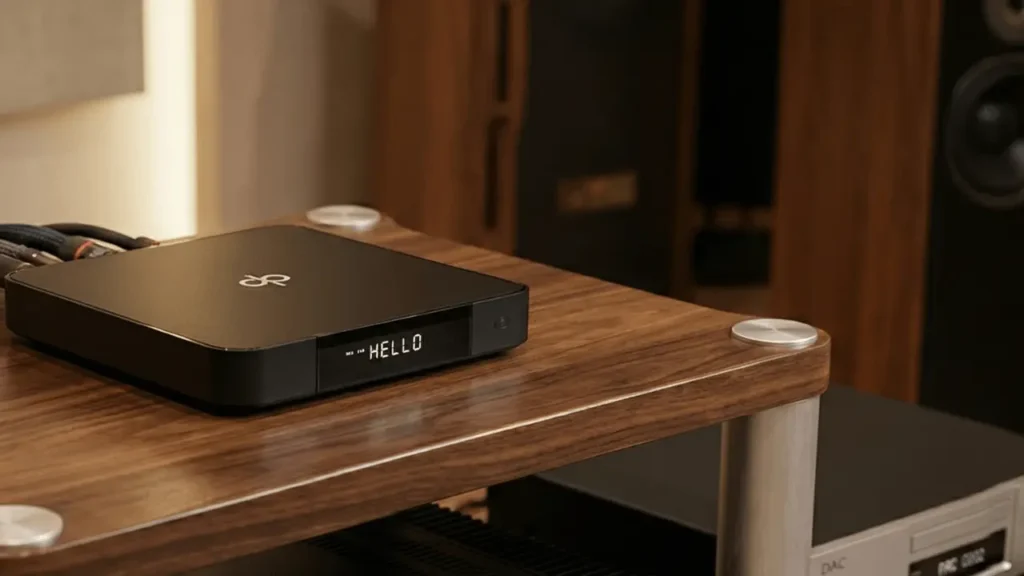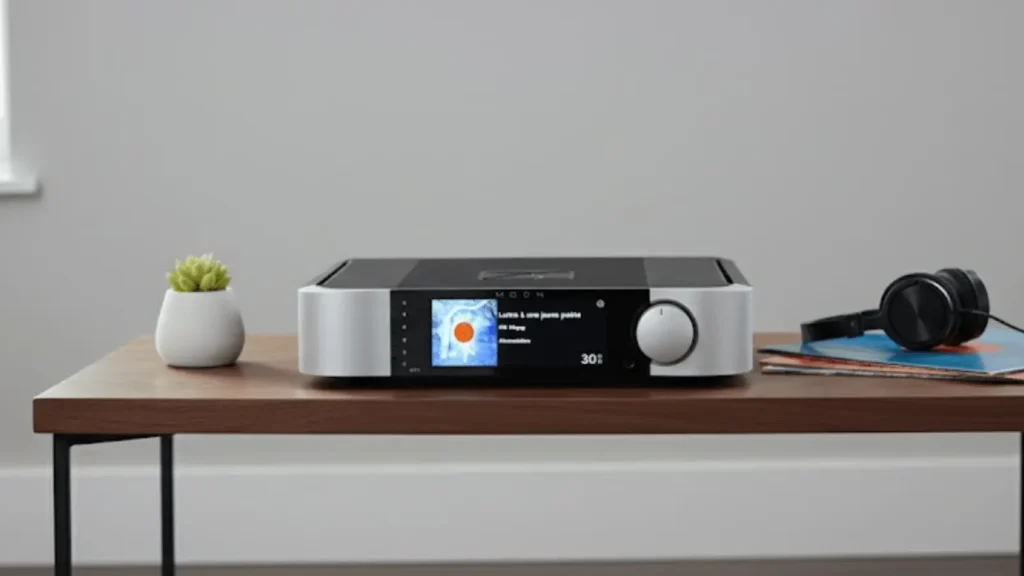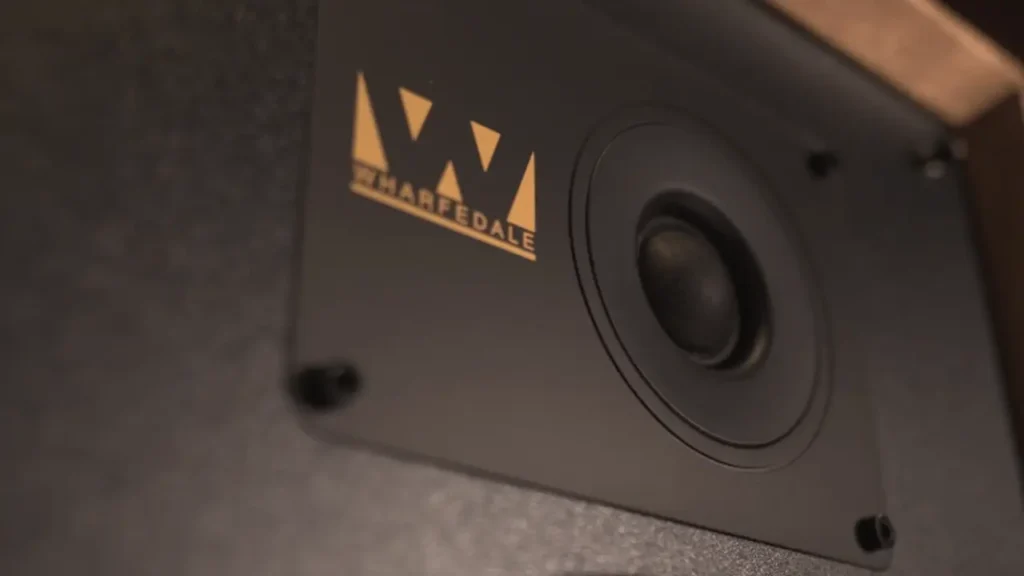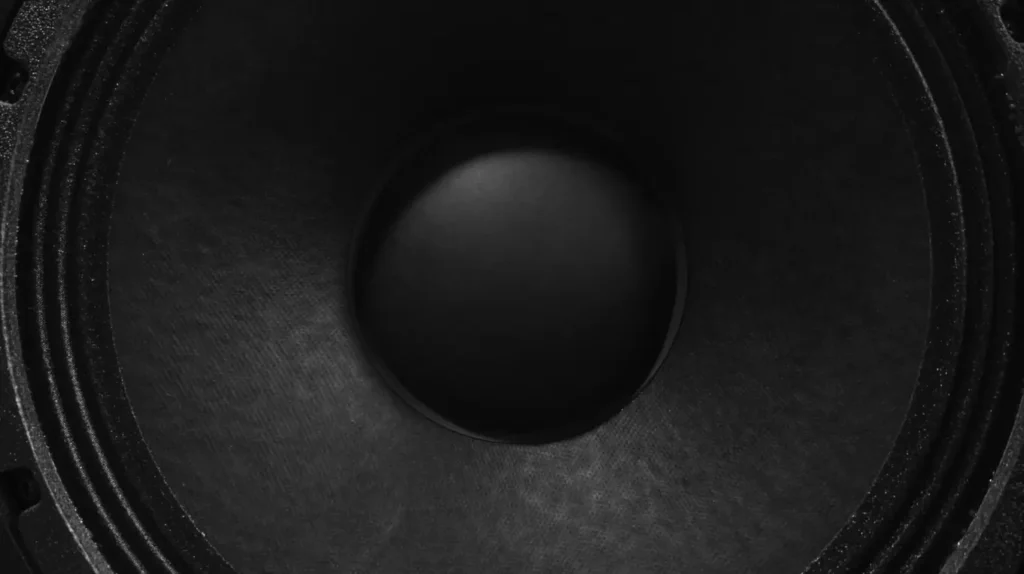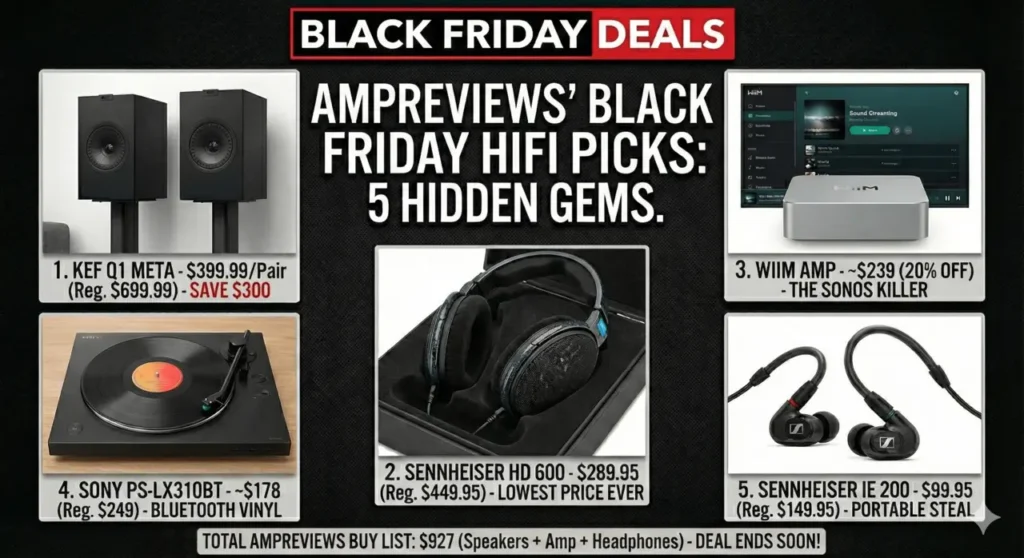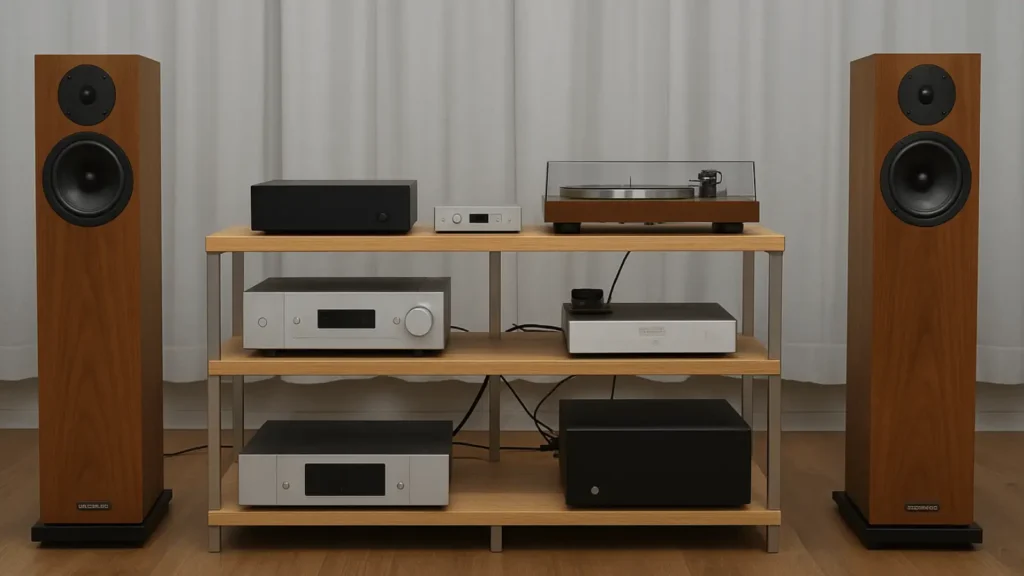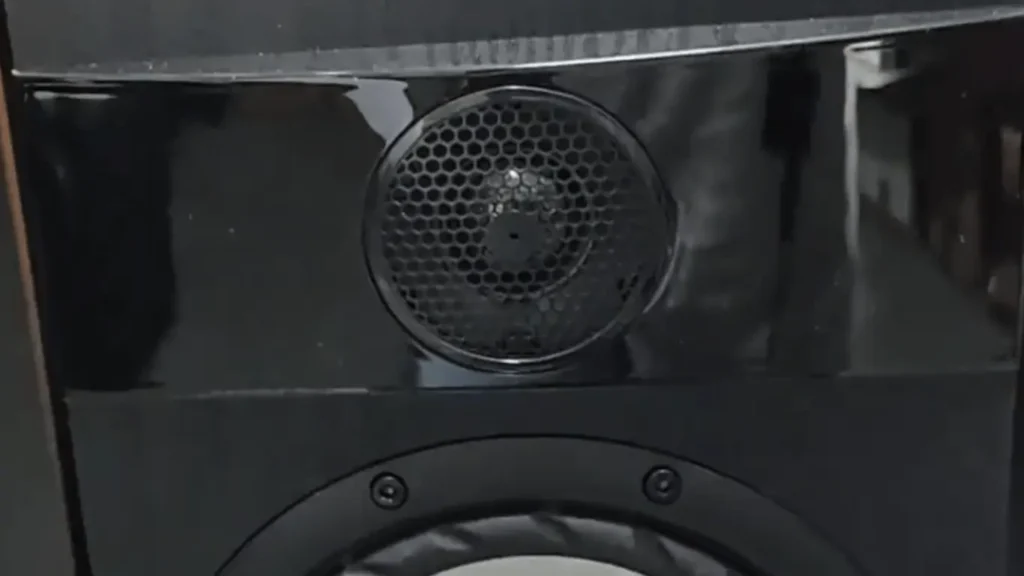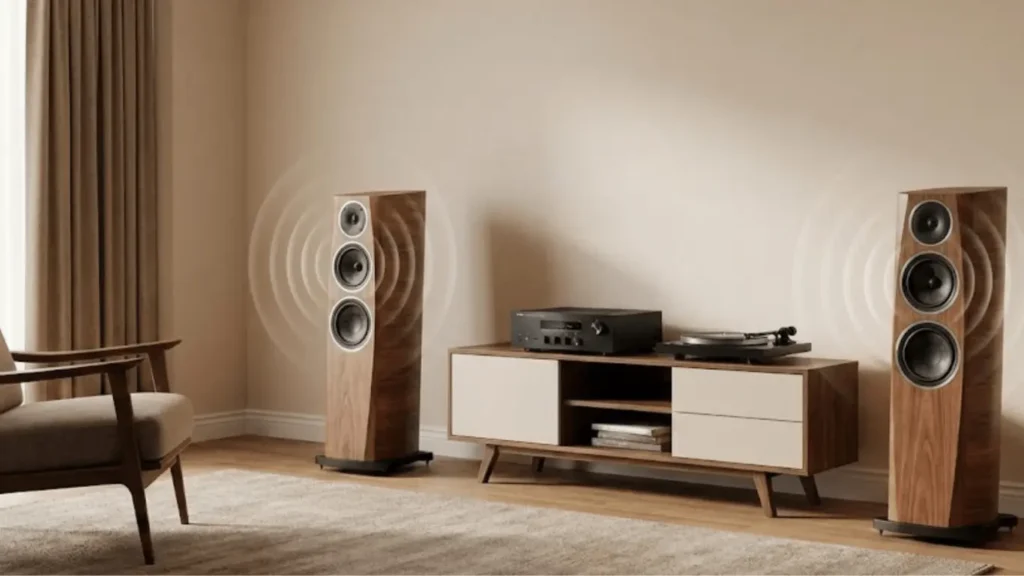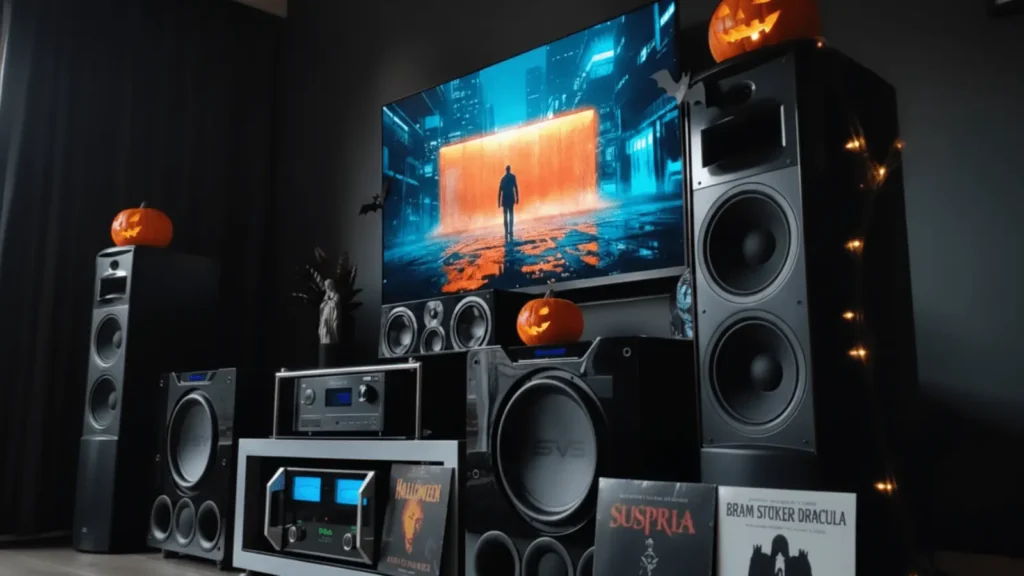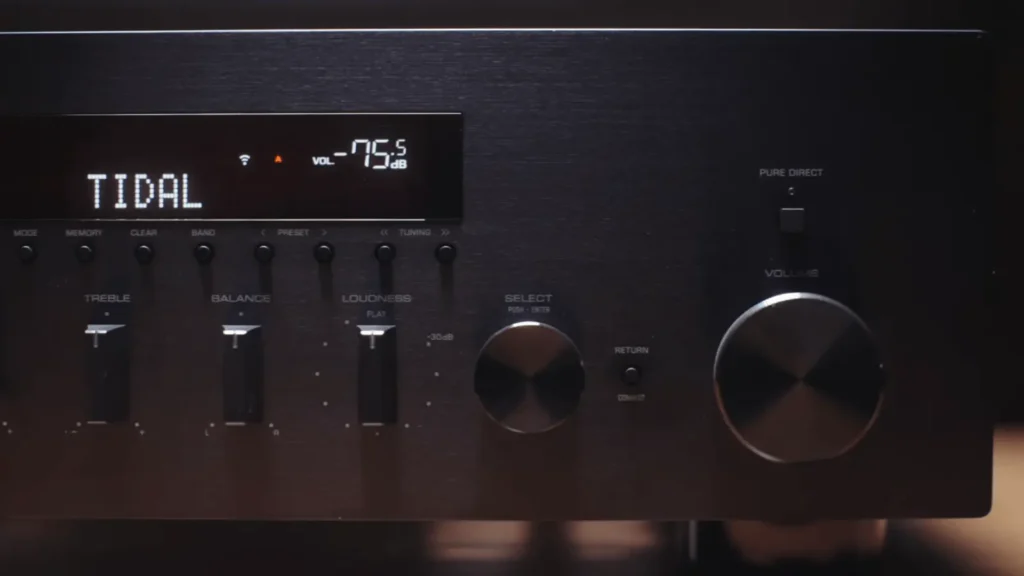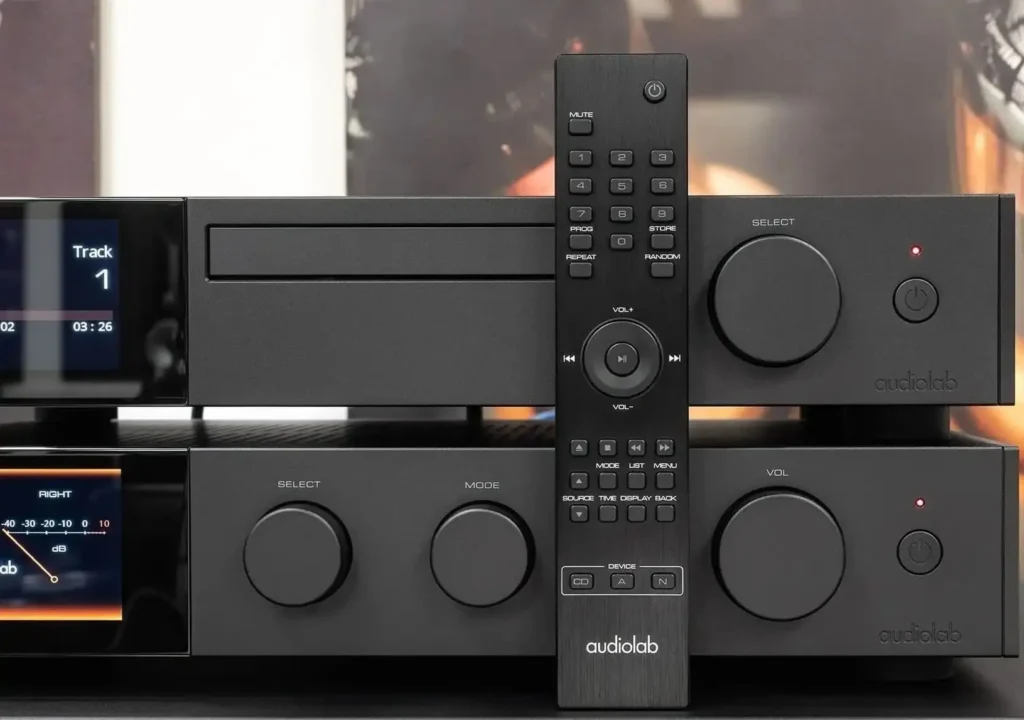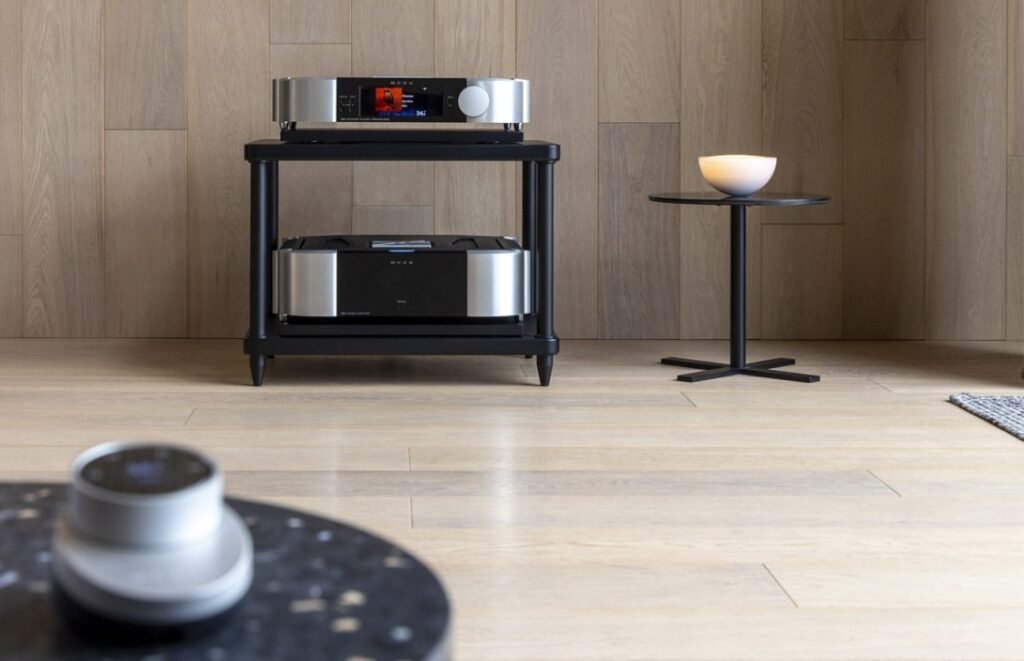We’re currently updating our AMPReviews platform to bring you exciting new features, improved performance, and a fresh new look. 🌟
We’re also preparing to introduce exclusive benefits for our premium members. Stay tuned for more details!
If you experience any login issues during this update, please bear with us and try again after a short while.
Thank you for your patience and continued support!
Reviews
Guide
5 “Hidden Gem” Black Friday HiFi Deals That Actually Matter (2025 Edition)
Live Black Friday Hi-Fi Deals: SVS Subs, Arylic Amps & Denon AVRs
The Best Floorstanding Speakers to Supercharge Your Hi-Fi System
10 Outdoor Speakers That Will Genuinely Scare Trick-or-Treaters (and Sound Great After)
Why Does Apple Music Say “Cannot Connect”? A Complete Guide to Fixing It
The Best Halloween Soundtracks to Test Your Home Theater Speakers
Ampreviews Listening Room
Welcome to our shared space for audio lovers. Explore stunning home audio setups from fellow enthusiasts to see the gear they’re using, how it’s rated, and find inspiration for your own perfect sound. Browse, review, and rate systems, or share your own setup for the community to see.
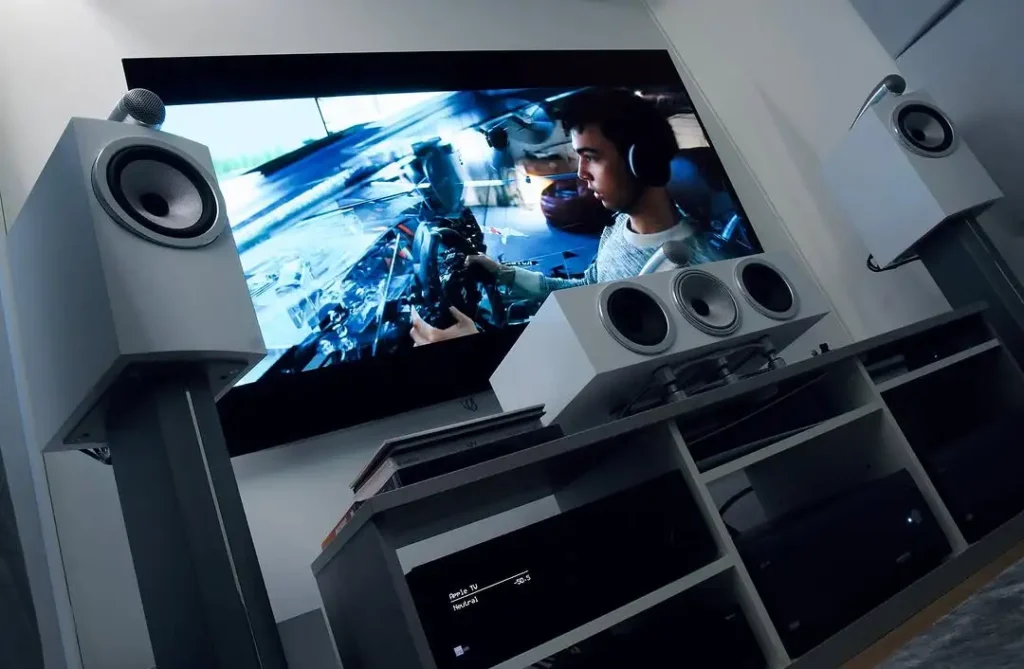
Amplifier

AmpReviews is an all-in-one platform for audiophiles and music lovers, featuring expert reviews, the latest industry news, in-depth buying guides.
